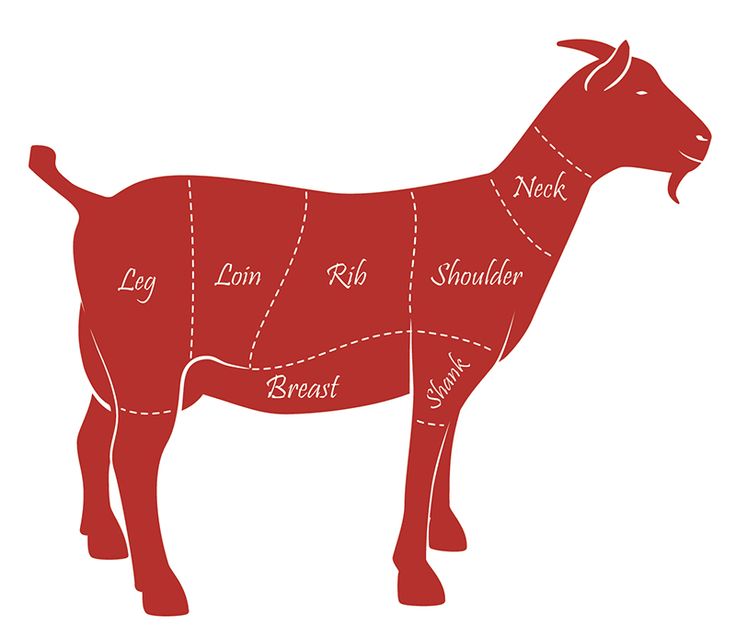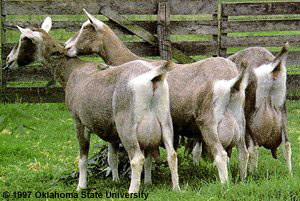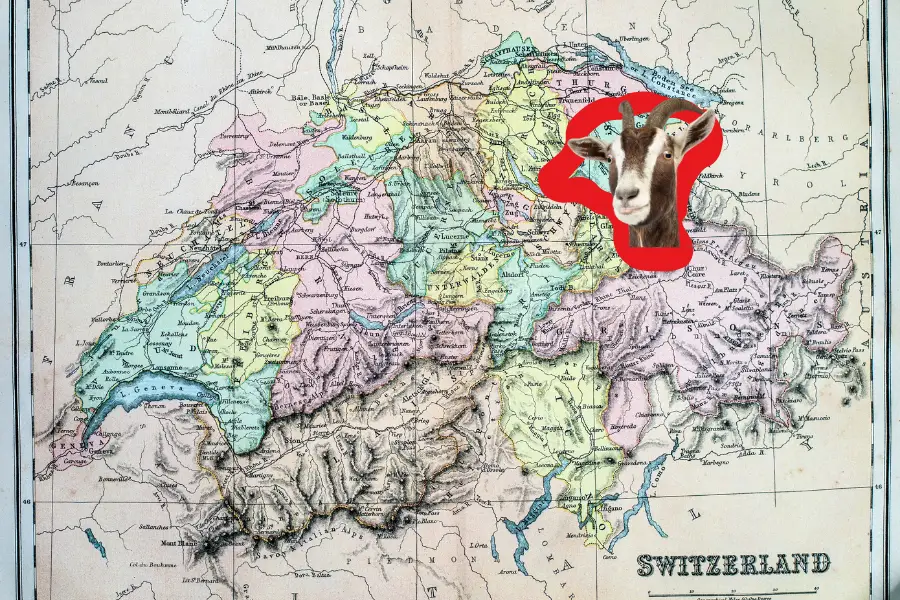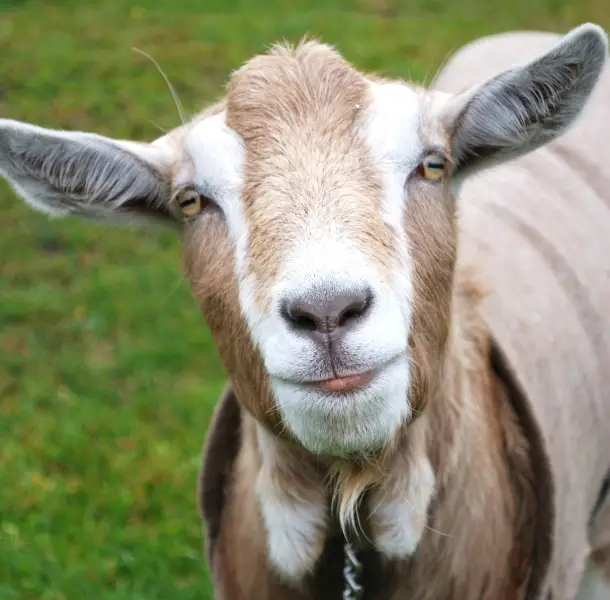Toggenburg goats are one of the most widely distributed goat in the world, with each country having at least one herd somewhere. These goats are popular and are used extensively.
Why is that? What do you need to do to look after your own Toggenburg goat? How do raise and breed them? What kind of shelter do they need?
Read our comprehensive guide on Toggenburg Goats. By the time you have finished reading this information, you should be able to effectively look after your own Toggenburg goat or goat herd.

Table of contents
- Toggenburg Goat Uses
- Toggenburg Goat Origins
- Etymology and Geographical Origin
- Historical Development
- Recognition and Standardization
- Importation and Global Spread
- Characteristics and Breed Standards
- Modern-Day Status
- Toggenburg Goat Characteristics
- Toggenburg Goat Prices
- Raising Toggenburg Goats
- Toggenburg Goat Breeders
- Breeding Toggenburg Goats
- Toggenburg Goat Shelters
- Toggenburg Goat Farming
- Toggenburg goats care: Top tips
- Toggenburg goats for sale: Where can I buy Toggenburg goats in the USA?
- Toggenburg goat associations: What are the major toggenburg goat associations in the USA?
- Breeding Toggenburg Goats
- Wrapping Up
- Video: Milking Toggenburg Goats
- Toggenburg Goat FAQs
Toggenburg Goat Uses
Maybe you want to enter them into shows and see what can be won. There are particular breeds for each use. Before you buy a goat, you need to make sure that they are suited for your purpose.
Toggenburg goats are used for their milk since they are productive dairy goats. If you want to switch over to goat milk and use your own goats, then this might be the breed for you.
A typical Toggenburg goat can yield up to 740 kg. of milk per lactation. Their milk has a minimum fact content of 3.56% and a minimum protein content of 2.9%.
Their milk has many benefits, is flavorful and delicious, and is a favorite around the world. Their milk can be used to make all sorts of dairy products such as milk, butter, ice cream and others. Cheese is another popular goat milk product, and there are many goat milk cheese recipes available.
Thanks to their high productivity, Toggenburg goats are one of the most sought after breeds available around the whole world.
Toggenburg Goat Origins
Toggenburg goats, sometimes also called Toggenburger goats, are scientifically known as Capra aegagrus hircus, and are one of the oldest known dairy goat breeds. They have a rich history that dates back several centuries. Let’s delve into the detailed origins of Toggenburg goats.
Etymology and Geographical Origin
The name “Toggenburg” is derived from the region of Toggenburg in northeastern Switzerland. This mountainous area, located in the canton of St. Gallen, is the birthplace and original habitat of these goats. The Toggenburg breed is named after the region where it was developed and first documented.
Historical Development
The exact origin and development of Toggenburg goats are not precisely known, but historical records suggest their existence as early as the 1600s. These goats were primarily raised by Swiss peasants for their milk and meat. The Toggenburg breed is believed to be one of the foundation breeds of the modern-day dairy goat.
Recognition and Standardization
The Toggenburg goat breed gained recognition and began to establish its identity in the late 19th century. In 1892, the Toggenburg Breeders’ Society of Switzerland was formed with the aim of promoting and preserving the breed. The society laid down breed standards and guidelines for Toggenburg goats, contributing to the breed’s development and uniformity.
Importation and Global Spread
Toggenburg goats started gaining attention beyond Switzerland during the late 19th and early 20th centuries. They were exported to various countries, including the United States, where they played a significant role in the development of the American dairy goat industry.
In the United States, Toggenburg goats were initially imported in the late 1800s. They quickly gained popularity due to their hardiness, adaptability, and excellent milk production. The American Toggenburg Goat Breeders’ Association was established in 1904 to promote and maintain the breed within the country.

Characteristics and Breed Standards
Toggenburg goats are medium-sized animals with distinct physical characteristics. They typically have a light fawn to dark chocolate coat color, with white markings on their face, legs, and tail. This is known as Swiss Markings. Their hair is short, fine, and glossy. Both males and females possess forward-facing, medium-sized ears.
In terms of size, adult Toggenburg bucks usually weigh around 150 to 200 pounds (68 to 91 kilograms), while does weigh between 120 and 150 pounds (54 to 68 kilograms). These goats have an average height of 30 to 34 inches (76 to 86 centimeters) at the withers.
The breed standard for Toggenburg goats includes requirements for body conformation, udder characteristics, and coat color patterns. The standards ensure consistency within the breed and help maintain its distinctive attributes.
Modern-Day Status
Today, Toggenburg goats can be found in various parts of the world, particularly in regions with suitable climates for dairy goat farming. They are highly valued for their milk production, which is known for its quality and high butterfat content.
The breed has also seen some diversification, with different Toggenburg populations developed in specific regions, such as the British Toggenburg in the United Kingdom. Breeders and enthusiasts continue to work towards the preservation and improvement of Toggenburg goats by adhering to breed standards and participating in selective breeding programs.
Toggenburg goats originated in the Toggenburg region of Switzerland and have a long history dating back several centuries. Their importation and subsequent spread to various countries, including the United States, have played a crucial role in their global recognition.
Toggenburg Goat Characteristics
They have soft short/medium hair that lies flat for the most part. Tassels are not an uncommon feature. Their fur is solid varying from light fawn to dark chocolate. There is no preference for any shade.
Toggenburg goats do have distinct facial markings, such as white ears with a dark spot in the middle, two white stripes down the gave from the muzzle to the eyes.
The hind legs are white from hocks to hooves while the forelegs are white from the knees downward. A dark band below the knee is acceptable. Bucks are also known for having a pronounced beard.
It is OK if the markings are cream instead of white, but that is not the best indication. Their ears are always erect and alert while their facial features may be dished or straight, but never Roman.
It is good to remember that this breed performs better in cooler weather. These goats tend to be a little more high-strung than other goats.
Toggenburg Goat Prices

Buying a goat can be quite expensive, especially if you want to buy a pedigree goat. True, it is worth it when you consider all the benefits that you get from a goat with good breeding.
When you buy a Toggenburg goat, you can be sure that you will be receiving quality goat milk for a long time. That is why it is worth shopping around before you settle on one breeder.
Kids are generally cheaper than mature goats. Bucks are also more expensive. Usually pedigree kids cost up to $300 although this might differ from region to region.
Before you buy your goat, you need to work out a price plan for the other things that you will need. It would be helpful to consult your local vet about the cost of vaccinations and deworming medication.
Goats usually eat hay and need a few grains or alfalfa pellets for variety. If you are planning on building a fence, you will need to include the cost of building materials to your budget.
Your goat will need a simple housing structure to shelter them from the elements. It does not need to be anything elaborate, but it does need to protect them from the outside.
There are a few costs that come along with buying a good goat, but it will be worth it.
Raising Toggenburg Goats
They do tend to be quite stubborn, so you must be willing to fight them on a few issues. If they want to eat your flowers, they will try their best to get to the flowers. You need to build a sturdy fence and maintain it.
If you are new to raising Toggenburg goats, or any goats, it would be in your best interests to befriend a fellow goat herder. There is a wisdom that comes from experience that would be extremely useful to you.
If you plan on eventually selling the milk, you need to have a vet on speed dial. All dairy goats need a clean bill of health before you can sell the milk.
Toggenburg Goat Breeders
Some breeders will take the goat to the vet to be tested for various diseases. If a breeder does not do this, it is alright if you ask them to do it before you make the purchase. Click here for a comprehensive list of Toggenburg Goat Breeders.
Breeding Toggenburg Goats
Your doe will start showing signs of being in heat, and this is your window. These windows do not last very long, so you have to pay attention for the signs.
Usually, the doe will become a little more temperamental. There will be some sort of discharge and your doe will have a swollen rear end. If she wags her tail a lot, then you can be sure that she is in heat or is about to start.
If she shows interest in bucks or urinates in front of bucks, then you know your doe is in heat.
Toggenburg Goat Shelters
Goats need to be kept dry, so make sure that there are no leaks in the structure. Be on guard for leaks and always make sure that your goats have somewhere dry to sleep.
The structure needs to be ventilated without being drafty, since a well-ventilated space prevents many different diseases. Goats are hygienic creatures, so their pen will need to be cleaned daily.
Your Toggenburg goat will thrive in a clean environment. If you plan on selling your goat milk, then the shelter will need to meet specific requirements.
Goats are easy to milk, but they do not like loud noises or distractions when you are milking them. It is better to keep the goats away from other animals when you milk them.
Loud noises are also detrimental to the milking process. That is why it would be better to build the shelter away from roads or any factories. When you build the shelter, be sure to give your goats some form of bedding and change it regularly.
Bedding is especially important if your doe is about to give birth because she needs to be as comfortable as possible when she gives birth.

Toggenburg Goat Farming
The Toggenburg dairy breed is native to the Toggenburg Valley in Switzerland. Toggenburgs made their way to the US in the early 1900’s. They have a distinct facial pattern, and are known to be the oldest dairy breed.
Toggenburg goats care: Top tips
- Toggenburgs can be stubborn. If you don’t want them getting into your flowers, build a sturdy space to keep your plants separated from them.
- If this is your first time having a Toggenburg, consult someone who has the experience, or a goat herder. Knowledge is key with this breed.
- Have a vertrinarian check your Toggenburg goat regularly.
- If you want to breed them, separated the kids from the adults quickly.
- They should have their hooves trimmed about 4 times a year.
Toggenburg goats for sale: Where can I buy Toggenburg goats in the USA?
Here a couple of places where you can buy a certified, trained Toggenburg goat.
Toggenburg goat associations: What are the major toggenburg goat associations in the USA?
- The ADGA
- The National Toggenburg Club
Breeding Toggenburg Goats
Selective Breeding and Genetic Improvement:
Breeding Toggenburg goats often involves the practice of selective breeding, where breeders carefully choose specific bucks and does for mating based on their desirable traits. This process aims to improve the breed’s overall quality, productivity, and conformation. Breeders may focus on traits such as milk production, udder conformation, body size, coat color, and temperament. By selecting superior individuals with the desired traits and avoiding mating closely related animals, breeders can enhance the genetic diversity and health of the Toggenburg population.
Buck Selection and Performance Testing:
The selection of bucks, or male goats, is a critical aspect of Toggenburg goat breeding. Breeders often evaluate potential breeding bucks based on their pedigree, conformation, milk production records, and the performance of their offspring. Performance testing, such as milk testing, can provide valuable information on a buck’s genetic potential and the ability to pass on desirable traits to future generations. Buck selection plays a significant role in maintaining and improving the breed’s milk production and overall quality.
Breeding Programs and Registration:
Breeding Toggenburg goats is often guided by organized breeding programs and breed registries. These programs aim to maintain breed standards, preserve genetic diversity, and promote breed improvement. Breeders may participate in performance testing, milk recording, and classification programs to assess the productivity and conformation of their goats. By registering their animals with breed associations, breeders contribute to the documentation and preservation of the Toggenburg breed’s lineage and ensure the integrity of its genetic pool. These programs provide a platform for breeders to exchange knowledge, share best practices, and collaborate towards the breed’s long-term sustainability.
Through selective breeding, meticulous buck selection, and participation in breeding programs, Toggenburg goat breeders contribute to the development, improvement, and preservation of this historic dairy breed. Their dedication and efforts play a vital role in maintaining the breed’s unique characteristics, enhancing productivity, and ensuring the continued success of Toggenburg goats in the dairy industry.
Wrapping Up
Toggenburg goats are among the best dairy goats in the world. They are also one of the oldest dairy breeds, even though they were only recognized internationally long after the breed had been established.
These goats are friendly but stubborn, so you will need to keep this in mind before you buy one. Breeding your Toggenburg can be tricky, but once you know what to look for.
Once your doe has given birth, it will only be a matter of time before she is producing high-quality milk for you and your family to enjoy.

Video: Milking Toggenburg Goats
In this video by Sel Sufficient Hub, you can see the process of milking Toggenburg goats. The milking process gets started at 3:51.
Toggenburg Goat FAQs
Over a year, Toggenburg goats will produce anywhere between 1050 to 4460 pounds of milk. On average, that’s about 6 pounds a day!
Toggenburg goats are another breed of Alpine goat from the Swiss valley of Obertoggenburg. Some people believe this to be the oldest known dairy goat breed.
Toggenburgs are slightly shorter-lived than other dairy goat breeds, living on average between 8 to 12 years.
Toggenburg goats have their origin in the Obertoggenburg valley in Switzerland. They are one of the oldest known dairy breeds in the world.
The average Toggenburg doe will produce an average of 6 pounds of milk a day over a year, but that number varies depending on the season and if the doe is lactating or resting.
Toggenburg goats are mainly used for dairy production because of their high milk production, but also may be good for meat production.
The cost pf a Toggenburg goat will vary greatly depending on when, where and what you buy. Bucks are more expensive than does, and quality will bring the cost up, especially with a pedigree. Kids are cheaper than mature goats. Generally speaking, expect around $300 for a well-bred kid.
The main distinguishing characteristic of a Toggenburg goat is a set of distinctive white stripes down each side of its face.




